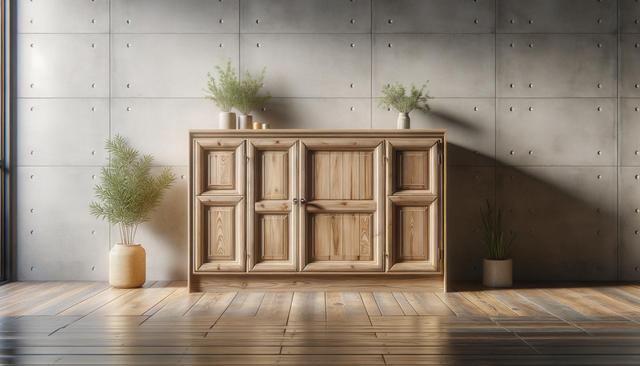
Choosing the Right Cabinet Color for Your Space
Understanding the Impact of Cabinet Color
The color of your cabinets can dramatically influence how a space looks and feels. Whether in the kitchen, bathroom, or any storage area, cabinet color contributes to mood, perceived space, and overall design cohesion. Light colors such as white, cream, or soft gray can make a small room appear larger and more open. On the other hand, darker shades like navy, charcoal, or even black add depth and a sense of sophistication, especially in larger spaces. The right color choice balances visual appeal with function, helping to create a room that’s both beautiful and practical.
Color psychology also plays a role. For instance, warmer tones tend to create a welcoming and cozy atmosphere, while cooler hues promote calm and serenity. When selecting a cabinet color, it’s essential to consider how it interacts with other elements in the room, such as wall color, flooring, and natural light. This harmony ensures the space feels well-integrated and comfortable for daily use.
Popular Color Trends and Their Appeal
While personal preference should always guide the final decision, it’s helpful to be aware of current trends in cabinet color. Neutral tones remain a staple, offering timeless appeal and flexibility with changing décor. However, there’s a growing interest in bolder colors that express personality and character. Deep greens, muted blues, and even terracotta tones are gaining popularity for their earthy and grounding qualities.
Here are some color categories that continue to attract attention:
- Neutral tones (white, beige, taupe) for a classic, versatile look
- Bold colors (navy, forest green, burgundy) for a dramatic effect
- Pastels (mint, blush, sky blue) for a light and airy feel
- Two-tone combinations for visual contrast and interest
These choices can be adapted to suit various design styles, whether modern, rustic, transitional, or traditional. The key is to choose a palette that reflects your lifestyle and complements the space around it.
Coordinating with Other Design Elements
Cabinet color should not exist in isolation. It must coordinate with countertops, backsplashes, flooring, and fixtures to achieve a harmonious design. For example, white cabinets pair well with marble or light granite, while darker cabinets may benefit from lighter countertops to prevent a space from feeling too heavy.
Some tips for balancing cabinet color with other room elements include:
- Use contrast to highlight features – dark cabinets with light walls, or vice versa
- Maintain consistency in undertones (warm vs. cool) across all surfaces
- Incorporate metallic finishes (brushed nickel, bronze) that complement the cabinet hue
Lighting also plays a significant role. Under-cabinet lighting, pendant lights, and natural light can affect how a color appears at different times of day. Testing samples in your actual space is a smart step before committing to a full installation.
Paint vs. Stain: Effects on Color Appearance
The choice between painted and stained cabinets impacts not only color but also texture and durability. Painted cabinets offer a smooth, uniform finish that can be customized in nearly any shade. This is ideal for achieving bold or pastel colors with a clean aesthetic. Stained cabinets, on the other hand, highlight the natural grain of the wood and often come in earthy tones, from light oak to deep walnut.
Each finish type has its pros and cons:
- Painted cabinets: broad color options, modern look, but may show wear more easily
- Stained cabinets: natural look, durable, but limited to wood-toned colors
Your lifestyle and maintenance preferences should guide this decision. Homes with children or high-traffic kitchens may benefit from more durable finishes, while those seeking a polished and contemporary style might lean toward paint.
Tips for Making the Right Color Choice
Choosing a cabinet color may seem overwhelming, but a few strategic steps can simplify the process. Start by identifying the mood you want to create—bright and cheerful, calm and neutral, or bold and dramatic. Then, narrow down your choices based on how the color will interact with the rest of the space.
Here are some practical tips:
- Collect samples and view them in your space under different lighting
- Consider the long-term appeal of the color—will it age well with your tastes?
- Use online visualizers or design apps to preview combinations
- Consult with a professional designer if you’re unsure
Ultimately, the ideal cabinet color enhances functionality while reflecting your personal style. Whether renovating or building new, taking the time to make an informed decision will contribute significantly to your daily enjoyment of the space.
Conclusion
Cabinet color is a foundational element in home design that goes beyond aesthetics. It affects how a space feels, functions, and flows. By considering factors like room size, lighting, design theme, and finish type, you can make a thoughtful choice that adds lasting value to your home. Whether you’re updating your kitchen, bathroom, or another area, selecting the right cabinet color is a meaningful step toward creating a space that truly works for you.


